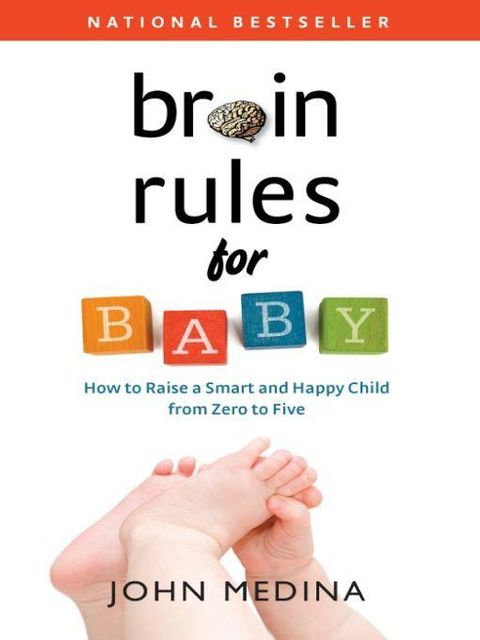This book is currently unavailable
353 printed pages
Quotes
- Анастасия Ландерhas quoted10 years agoThen the dad said the line most characteristic of a verbalizing parent. “We have a word for that feeling, honey”, he said. “Do you want to know what that word is?” She whimpered, “OK.” He held her in his arms. “We call it being jealous. You wanted Ally’s presents, and you couldn’t have them. You were jealous.” She cried softly but was beginning to calm down. “Jealous”, she whispered. “Yep”, Dad replied, “and it’s an icky feeling.” “I been jealous all day”, she replied, nestling into her daddy’s big strong arms.
This big-hearted father is good at a) labeling his feelings and b) teaching his daughter to label hers. He knows what sadness in his own heart feels like and announces it easily. He knows what sadness in his child’s heart looks like, and he is teaching her to announce it, too. He is also good at teaching joy, anger, disgust, concern, fear—the entire spectrum of his little girl’s experience.
Research shows that this labeling habit is a dominant behavior for all parents who raise happy children. Kids who are exposed to this parenting behavior on a regular basis become better at self-soothing, are more able to focus on tasks, and have more successful peer relationships. Sometimes knowing what to do is tougher than knowing what to say. But sometimes saying is all that’s needed. - Анастасия Ландерhas quoted10 years agoI don’t like it, the 3-year-old muttered to herself as the guests left. Miserable throughout her older sister’s birthday party, she was now growing angry. “I want Ally’s doll, not this one!” Her parents had bought her a consolation present, but the strategy went down like a bomb. The girl threw her doll to the floor. “Ally’s doll! Ally’s doll!” She began to cry. You can imagine a parent making any of several choices in the face of this bubbling brew.
“You seem sad. Are you sad? is what the girl’s dad said. The little girl nodded, still angry, too. The dad continued. “I think I know why. You’re sad because Ally’s gotten all the presents. You only got one!” The little girl nodded again. “You want the same number and you can’t have it, and that’s unfair and that makes you sad.” The dad seemed to be pouring it on. “Whenever somebody gets something I want and I don’t, I get sad, too.” Silence. - Анастасия Ландерhas quoted10 years agoEven in an emotionally stable home, one without regular marital hostility, there will be fights. Fortunately, research shows that the amount of fighting couples do in front of their children is less damaging than the lack of reconciliation the kids observe. Many couples will fight in front of their children but reconcile in private. This skews a child’s perceptions, even at early ages, for the child always sees the wounding but never the bandaging. Parents who practice bandaging each other deliberately—and explicitly—after a fight allow their children to model both how to fight fair and how to make up.
fb2epub
Drag & drop your files
(not more than 5 at once)


